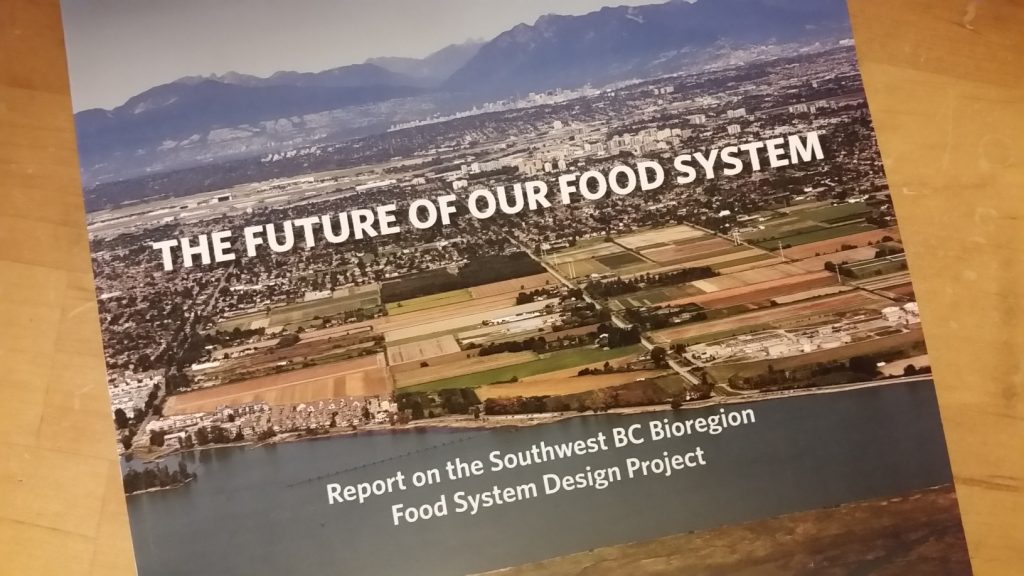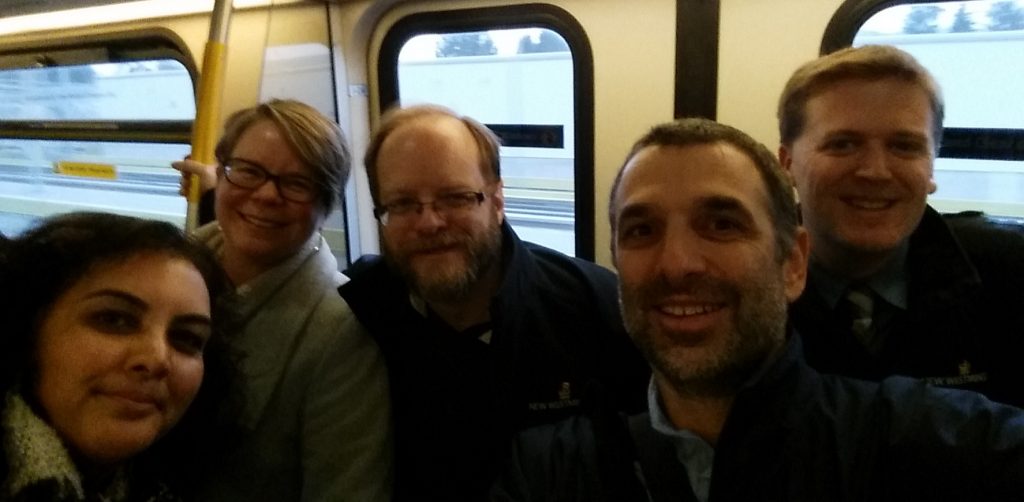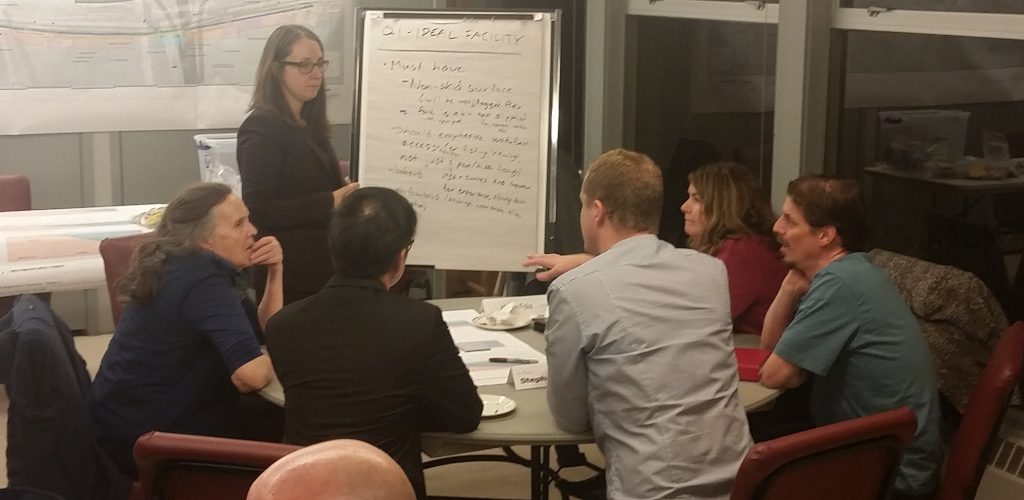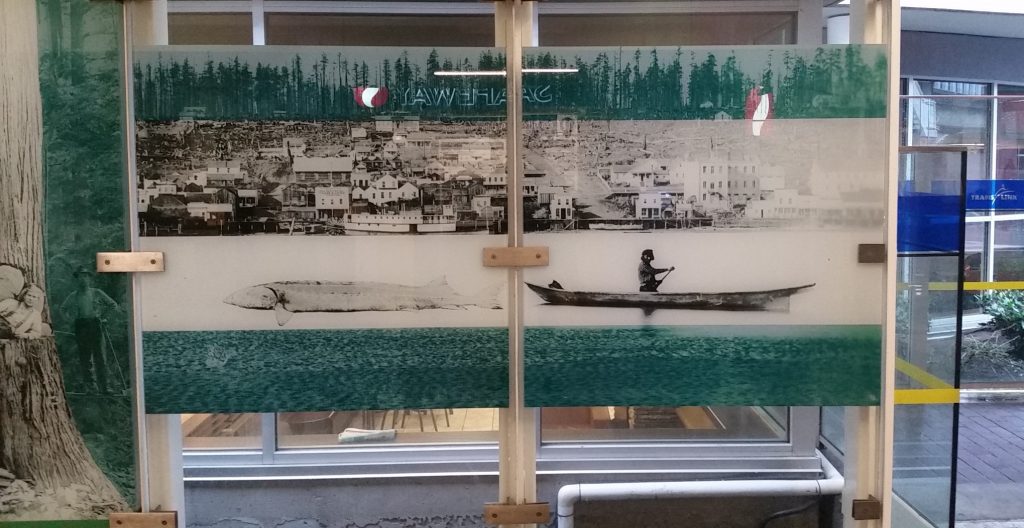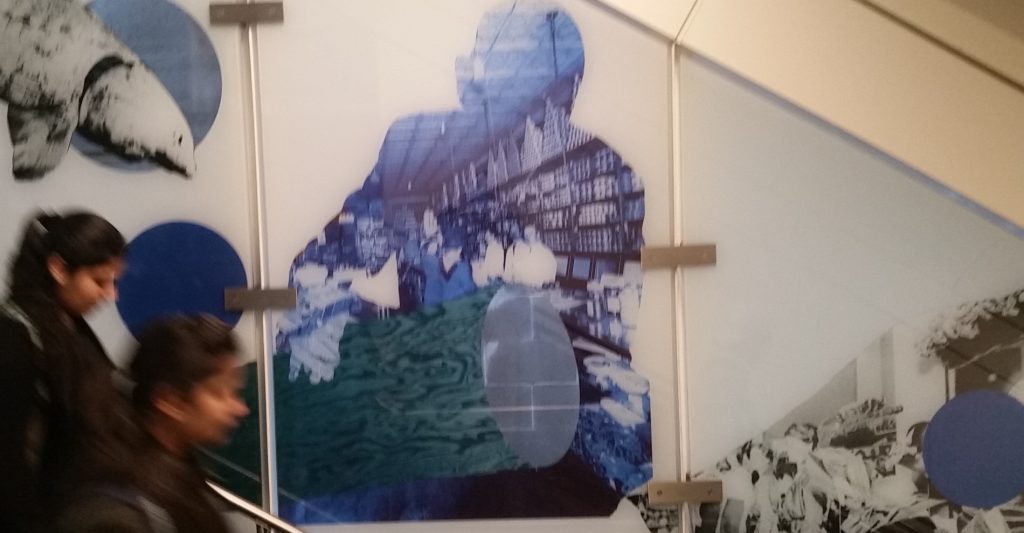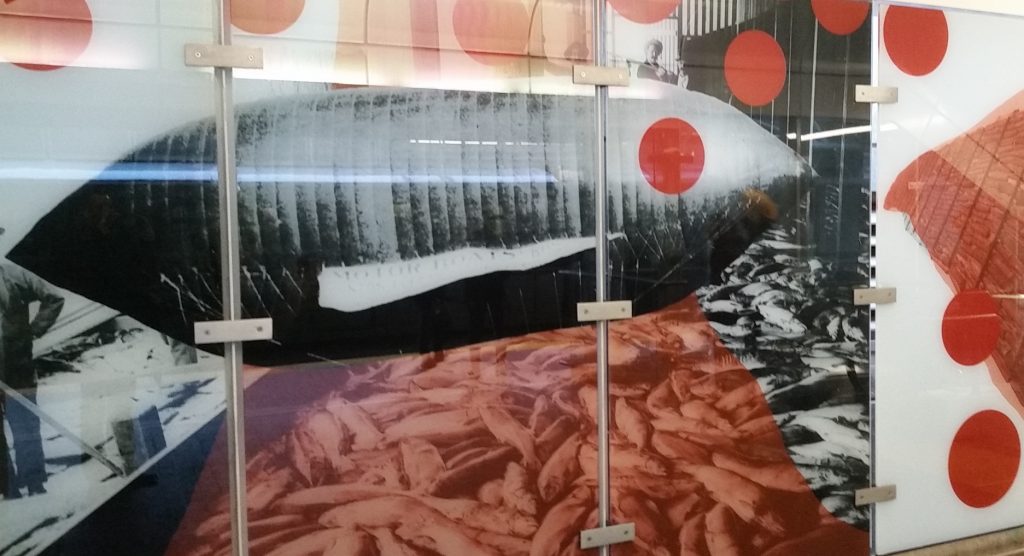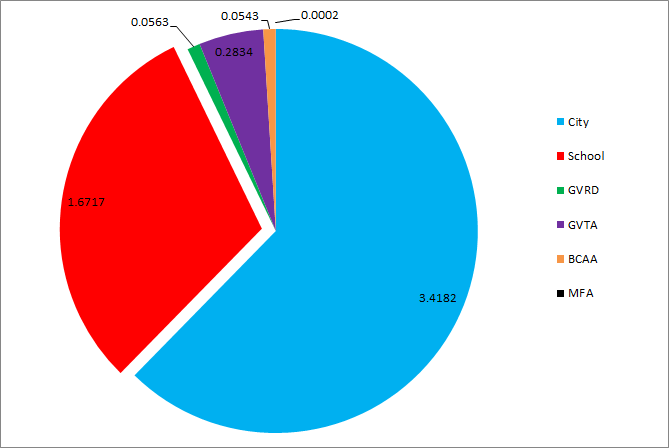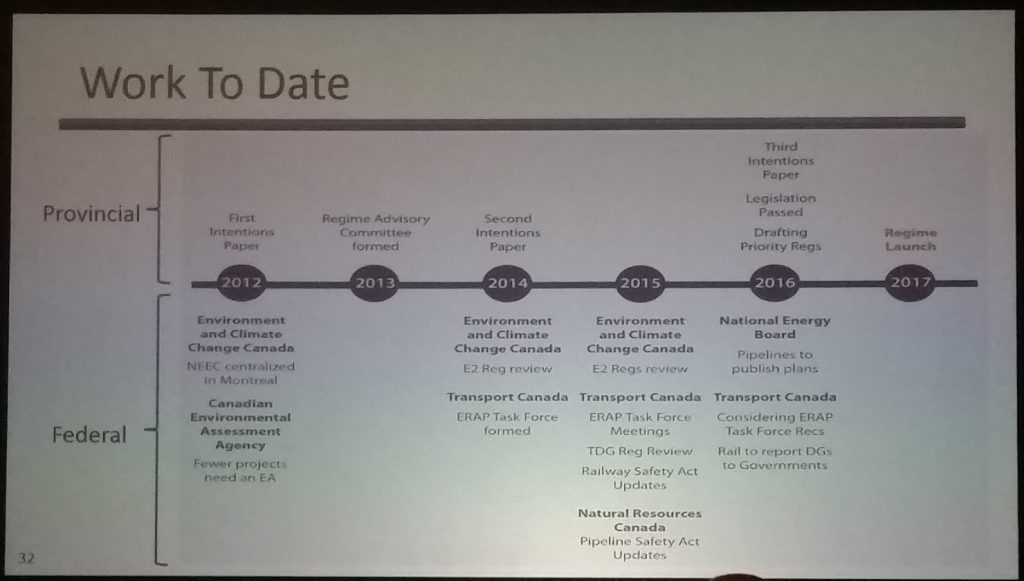The January 16 Council Meeting was mostly memorable for me as I was still feeling the lingering effects of some sort of exotic fever that had me bedridden for the entire weekend. It is flu season at City hall, we are on a bit of skeleton staff because of it, but we soldiered on and did the City’s business.
The meeting began with presentations on the following topics:
2016 Business Survey
The City hired a polling firm to do a fairly comprehensive survey of the City’s businesses. This was part satisfaction survey, and part research to find out where the City needs to put more emphasis in its economic development plans.
Perhaps surprising to some was the level of overall satisfaction the business community has with the City of New Westminster. Yes, businesses have concerns with traffic, real estate costs, taxes, and a lack of affordable housing, but the responses were overwhelmingly positive about the experience of doing business in the City, and dealing with City Hall. Again, our strengths are our sense of community and “small town” connections in the middle of a big city customer base.
I was also happy to see many of the ideas businesses had for improving the business climate in the City were aligned with initiatives the City is already working on – a sign that our staff already had a pretty good sense of the needs. Overall a positive survey, and a good guide towards improvements.
City of New Westminster Innovation Week Overview
Continuing on the theme of business development, this is a great initiative developed in partnership with the Federal Government and several important local partners. Attracting innovative businesses, new-tech small industry and research & development to New Westminster is fundamental to our longer-term Intelligent City and IDEA Centre programs.
As this is all coming together, New Westminster was able to attract an event previously held in the City of Vancouver to bring emerging businesses together with federal technology grant agencies, Angel Investors, and other stakeholders. This being New West, we are spinning the one-day Innovation Forum into a week-long celebration of innovation, including a special PechaKucha evening, a Hack-a-Thon at City Hall, events for families, kids, innovators, and pretty much everyone in the City.
Follow the links here and see how you might take part.
New Energy Efficiency Initiatives for Multi-Residential Buildings and Strata Condominium Buildings in New Westminster
Energy efficiency programs have for several years that provided one-stop-shopping for homeowners looking at renovations or appliance replacements. Programs like Energy Save New West hooking homeowners up with different subsidies, rebates, and other support programs to reduce costs and encourage making our housing stock more efficient and sustainable in the long term.
However, most people in New Westminster don’t live in single family detached houses, but in Strata-managed or rental multi-family buildings. Providing them the economic and environmental benefits of more efficient housing is a bit more of a challenge, but New West has been working with regional partners to expand efficiency and retrofit programs to these housing sectors.
There is much more good stuff in this report, and coming down the pike, so I guess I’ll have to write some blog posts on the topic in coming months…
Drone Policy
We have not exactly been overwhelmed with complaints about remote control flying devices, but some Cities are taking a proactive approach to regulating them. I’m generally opposed to the idea of outright banning emergent technology, but am not opposed to laying out some community standards in how the tech is used, within the limits of our jurisdiction. Council referred this to staff to see if they can give us a little guidance.
The following items were moved on Consent without discussion:
2017 Committee, Commission and Panel Appointments
Council officially released the list of 2017 Committee appointments. If you applied and were selected to serve on a Committee, congratulations, and get ready to do some interesting work. If you applied and were not selected, Please don’t take it personally. We had a lot of great applications this year, and every committee selection is a difficult balance between viewpoints, experiences, and talents. The worst part is when someone has been a really great committee member, but you need to let them go to provide some opportunities for new members. This is an unfortunate result of having a really engaged and activated community – we always have more applicant than we know what to do with.
100 Braid Street: Development Variance Permit No. DVP00620 for the East Side Yard Setback Requirement for the Existing Building to Remain on the Site
The urban Academy / Wesgroup development at 100 Braid Street will be a two-phase project, with the school half starting pretty soon and the residential half not anticipated for a few years. The plan included subdividing the property, however the existing building at 100 Braid is too close to the proposed property line to allow such a subdivision under the current Bylaws. This variance will allow Phase 1 to proceed without the need to demolish the building that houses the current art gallery.
This variance request will have an Opportunity to Be Heard at the February 20, 2017 Council meeting. C’mon out and tell us what you think.
Queen’s Park Arenex: Removal from the City’s Heritage Register
The building was on the Heritage Register. The Building is no more. We need to remove it from the Register officially. Alas…
New Westminster Age-Friendly City Strategy
Council supported staff’s intention to move forward developing this strategy to assure that our City is a place where people are able to live at all stages of life. It fits with so many of the City’s existing goals, and will help prepare us for the demographic shifts that are coming the New West and the entire region over the next couple of decades.
DCC Expenditure Bylaw No. 7900, 2017 for Sanitary Works in the Queensborough Special Study Area
A Development Cost Charge (DCC) is a fee we collect from developers when they apply to increase the density of a piece of land through development to cover the larger cost to the City’s infrastructure resulting from the density growth. More people mean bigger water pipes and sewer pipes, so we collect water and sewer DCCs, and use that money to increase the capacity of the utility system when it is more appropriate to do so. Sometimes this is before a development is built, sometimes it is after, but the City’s ability to pool DCC money, and borrow from it in anticipation of future DCC money being collected, provides the financial leverage to make the sure developers cover much of the cost of servicing population growth.
This DCC expenditure will be to replace a major sewer pump station (an expensive piece of infrastructure!) in the Queensborough area adjacent to the proposed mixed-use development just west of Port Royal.
Internet Service Provider Agreement with Wi-Band Communications
Our BridgeNet dark fibre utility has a fifth client hoping to sell services to the community by putting light in the fibre. Wi-band has a slightly different business model, using the fibre backbone and line-of-sight through-the-air service delivery to not provide the highest possible speed, but a relatively economic and highly flexible service model. You can go to the BridgeNet website for more info to find out of fibre is right for you!
720 Second Street: Heritage Revitalization Agreement and Heritage Designation – Bylaws for First and Second Readings
This interesting project in Glenbrook North, which will restore an existing historic commercial building and build an adjacent residential home, will be going to Public Hearing on February 20, 2017. C’mon out and tell us what you think!
Delegation to Lijiang, China
I’m reluctant to support Sister City trips, I don’t generally see the ROI to the City for such things, as the opportunities for learning or business development are rarely realized. However, this student exchange program has been happening for several years with some success. Council moved to support this trip by Councillor Williams from the Sister Cities budget.
The following items were Removed from Consent for discussion:
Interpretive Signage Policy – Objectives, Principles and Workplan
Staff will spend a bit of time putting together policy guidance for the interpretive sign program in the City. Frankly, we have various interpretive signs, but not much of a program, resulting in a bit of a mish-mash of sign styles and purposes, mostly arrived at through one-off developments or events. As things like branding and marketing become more important for Cities, and as technology changes how we deliver interpretive signage, it is probably a good time to throw some best practices and guidance into a policy package.
Intelligent City Project Update
This is a peculiar report, as it seems to feature an all-time high concentration of buzzwords and catch phrases. However, it does outline progress in the city’s Intelligent City initiative, and deals with things perhaps less tangible than the dark fibre in the ground. I am supportive of the initiative, as I see it as an important aspect of our business development strategy in post-resource economy we are trying to build, but I wish I knew more buzzwords.
Metro Vancouver’s Food Action Plan
The City of New Westminster has been supportive of several regional food security initiatives, including providing support for a large KPU-led study of the regional food system known as the Southwest BC Bioregion Food System Design Project. This is because we, as a City, see food security as a significant component of sustainability.
The City is continuing to support this ongoing regional initiative, that moves the food security question far beyond the simple “protect the ALR” foundation, and expands ot include advocating for, supporting and protecting the entire local food supply chain, from assuring we have healthy riparian zones to support wild salmon stocks to assuring we have adequate food storage, processing, and distribution systems to support a health food supply economy, to assuring food waste is managed in a more sustainable way.
There is a lot to unpack here, but I wanted to call special attention to the Royal City Farmers Market, which has received support from the City in the past, but has now grown into a self-supporting and thriving 4-season portal for food security in the City. Beyond just providing marketing for locally grown and healthy food, they have created a variety of programs to get healthy food education into the schools, to get senior citizens and those with mobility issues access to the market, and to promote better living through better food throughout the City. They are a real shining star, and you should support them if you have any inkling of concern about food security locally, regionally, or nationally. You might even think about volunteering a few hours with them, I know they can always use more hands!
Official Community Plan Review: Land Use Designations for the Area Around the 22nd Street SkyTrain Station
Staff are continuing to refine the Land Use Plan map and other aspects of the proposed Official Community Plan. This report was a follow-up on numerous discussions about the 22nd Street SkyTrain station area. Most on council are pretty comfortable with seeing significant density around this SkyTrain hub, including mixed-use development at both medium and high density. These changes would re-imagine how the entire Connaught Heights neighbourhood would look and operate, potentially making for an entirely new and relatively compact mixed-use neighbourhood.
Council expressed support for a draft land use plan around the station, but I am frankly not all that convinced that change will be coming soon to Connaught Heights. The lot values are pretty high, there is a fairly new stock of single family homes in the area. To my knowledge, no-one is rushing to assemble land in the area despite the fact that the existing OCP has designated multi-family medium density development around the station for more than a decade now, with no action. However, an OCP that looks forward for several decades (to 2040 and beyond) should begin to sketch out what eventual development in that vitally important regional transit hub may look like.
326 Arbutus Street: Heritage Alteration Permit No. 86 to Permit Demolition – Council Consideration
This is the fourth application for demolition of a pre-1966 house in Queens Park that has gone through our detailed and technical review process since the start of the Heritage Conservation Period. We have granted one demolition and denied two others in that time. In this case, the home is again found to have very low heritage value and both the Heritage Commission and the Technical Review Committee found that there would not be a loss of heritage value to the neighbourhood if this demolition was permitted to proceed. Council supported allowing the demolition.
Environmental Strategic Priority Update
The City is working to update and consolidate many of its environmental policies, and to bring them in to line with the commitments made by the City by endorsing the Blue Dot initiative.
I like the vision statement, but when it comes to environmental action, it is always the Metrics I am most interested in. We collect various types of data on our environmental impact, through our CEEP, through our Urban Forest Management Strategy, through our waste management department and fleet budgets. I would like to see us find creative ways (perhaps through our Open data portal, or a more interactive Environmental Dashboard) to collect and report data on environmental performance, set realistic goals, and measure our progress towards them.
That is what has worked with Greenhouse Gasses, it can work in other areas. I thought up a shift to more permeable surfaces and less asphalt, measuring our consumption of resources such as water, electricity, or paper, or even just counting our native plant populations vs. invasive species. I’m not sure where the limits are in this type of direct measurement and reporting, but an excited about the opportunities.
Finally, we once again dispatched with some Bylaw business.
Heritage Revitalization Agreement (720 Second Street) Bylaw No. 7887, 2017
Heritage Designation Bylaw (720 Second Street) No. 7888, 2017
These Bylaws to support the proposed mixed commercial and residential project in Glenbrook North were given first and second readings. This project will go to Public Hearing on February 20th. C’mon out and tell us what you think!
Development Cost Charge Reserve Funds Expenditure Bylaw No. 7900, 2017
This Bylaw to support the spending of DCC monies to build the pump station Queensborough as described above was given three readings.
And with that, the evening was complete.

